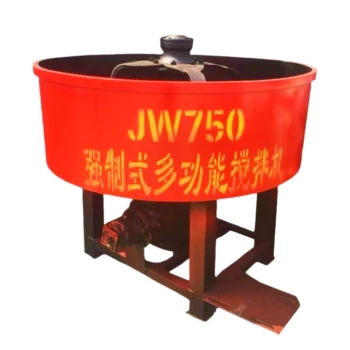Introduction
Winches are indispensable tools across industries—from construction sites to off-road adventures. But how do these devices transform small rotational forces into massive lifting power? This guide breaks down winch mechanics, safety features, and selection criteria to help you:
- Understand core components like drums, gear systems, and ropes
- Prioritize safety with fail-safe mechanisms
- Choose wisely between hydraulic, electric, or manual models
Let’s unravel the engineering that makes winches both powerful and safe.
How a Winch Transforms Rotational Motion into Lifting Force
The Role of Drum and Wire Rope in Load Management
At its core, a winch converts rotational energy into linear motion. Here’s how:
- Drum Assembly: The rotating drum spools the rope or cable, creating tension to pull loads.
-
Wire Rope/Synthetic Rope:
- Steel cables offer durability for heavy industrial use but are prone to fraying.
- Synthetic ropes (like Dyneema) are lighter and safer for recreational use but degrade faster under friction.
Ever wondered why off-roaders prefer synthetic ropes? Their lighter weight reduces injury risk if the rope snaps, and they float in water—ideal for marine recoveries.
Power Sources and Gear Systems
Winches amplify power through gear reduction systems:
- Electric Winches: Use motors with gear trains to multiply torque. Example: A 1HP motor can lift 2,000 lbs with a 20:1 gear ratio.
- Hydraulic Winches: Rely on pressurized fluid for consistent power, ideal for continuous industrial use.
- Manual Winches: Employ hand-cranked gears—simple but limited to lighter loads.
Key Insight: Gearboxes allow speed customization, as most winch motors lack adjustable RPM settings.
Safety Mechanisms in Modern Winches
How Braking Systems Prevent Accidental Load Drops
Safety isn’t optional. Modern winches integrate:
- Automatic Load-Holding Brakes: Engage when power cuts off, preventing uncontrolled descent.
- Ratchet Stops: Found in hand winches to lock the drum in place.
Example: Industrial winches use electromagnetic brakes that activate instantly during power failures.
Overload Protection and Fail-Safe Features
- Load Monitoring: Sensors halt operation if weight exceeds capacity.
- Emergency Stop Buttons: Allow immediate shutdown.
- Friction Brakes: Common in capstan winches; releasing tension stops the load.
Pro Tip: Stand away from the rope’s line of pull—capstan winches design this into their operation for operator safety.
Choosing the Right Winch for Your Needs
Industrial vs. Recreational Use Cases
| Factor | Industrial Winches | Recreational Winches |
|---|---|---|
| Power Source | Hydraulic/Electric | Electric/Manual |
| Rope Type | Steel wire for durability | Synthetic for safety |
| Safety | Load sensors, E-stops | Lighter materials |
Did You Know? Garlway winches are engineered for both scenarios, with rugged designs for construction and compact builds for off-roading.
Key Metrics: Load Capacity, Rope Material, and Durability
- Load Capacity: Match the winch’s rated capacity to your peak load (not average).
- Durability: Look for sealed gearboxes (IP67 rating) in wet environments.
-
Rope Choice:
- Steel for abrasive industrial settings.
- Synthetic for ease of handling in emergencies.
Conclusion: Winches as Force Multipliers
Winches are more than simple pulleys—they’re precision-engineered systems that combine mechanics and safety to handle critical tasks. Whether you’re lifting construction materials or recovering a stuck vehicle, remember:
- Prioritize gear quality—durable components prevent failures.
- Never compromise on safety features like brakes and load monitors.
- Match the winch to your environment—hydraulic for mines, electric for versatility.
For tools that balance power and reliability, explore Garlway’s range of winches designed for both industrial rigor and outdoor resilience.
Final Thought: How might upgrading your winch’s rope material transform your next project’s safety and efficiency?
Related Products
- Electric and Hydraulic Winch for Heavy Duty Applications
- Portable Small Trailer Winch
- Warn Winch Windlass Boat Trailer Winch
- Small Electric Winch 120V and 240V for Compact Applications
- 12000 lb Heavy Duty Electric Boat Winch
Related Articles
- How Winch Design Powers Reliability and Adaptability in Demanding Environments
- How to Choose and Optimize a Winch for Any Job: Power, Capacity, and Environment
- Hydraulic Winches: When Heavy-Duty Power Justifies the Investment
- How Electric Winch Components Dictate Performance and Durability
- How Quick Winch Rope Speed Transforms Industrial Efficiency




















